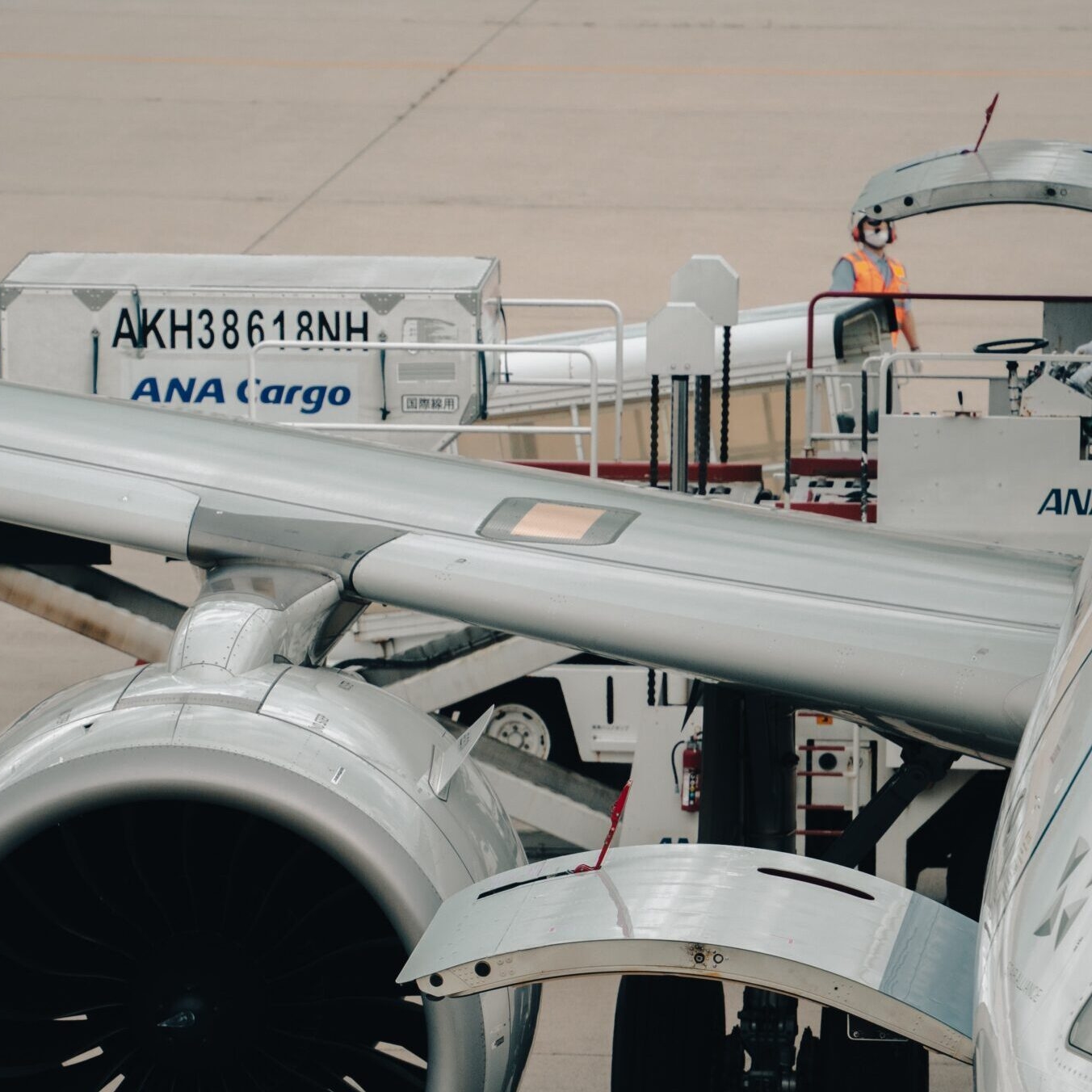Benefits
Nothing found.
The airfield today
Uncoordinated operations
Lack of synchronization between airlines, airports, ground handlers, and air traffic control can lead to delays and inefficiencies, with the potential for miscommunication that can escalate to operational mishaps, or even accidents.
Excessive block time padding
Many current flight schedules resort to padding the time from departure to arrival. While this can absorb some operational delays, it can lead to inefficient use of resources. Over-padded schedules can also distort performance metrics, masking underlying operational issues.
Staff shortages
The aviation industry is grappling with a shortage of essential personnel, including ground staff, maintenance crew, and air traffic controllers. This strains existing operations and personnel, which can compromise operational efficiency and safety.
Outdated software
Many aviation industry players still rely on outdated software to schedule flight, crew, and maintenance activities. Legacy systems struggle to adapt to the dynamic nature of modern air traffic, weather, and other variables, which can lead to disorganized operations.
Ramp congestion
The ramp area demands precise coordination and effective space management. Challenges in these operations often stem from limited airfield awareness, leading to overcrowding, increased risk of accidents and inefficient asset utilization.
Carbon footprint
Ground traffic hold times result in increased fuel burn and associated emissions. With no efficient turnaround process, airplanes depart from gates slower leading to unnecessary fuel consumption and increased overall carbon footprint.
News & Insights
June 11, 2024
Europe’s Push for Synthetic Green Aviation Fuels
June 10, 2024
Managing Charging Demands at Vertiports
June 10, 2024



